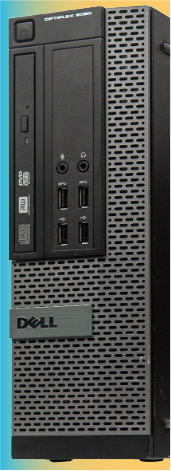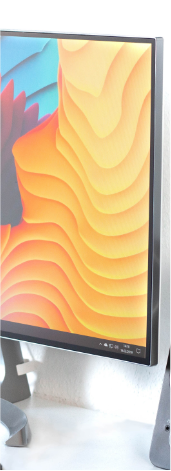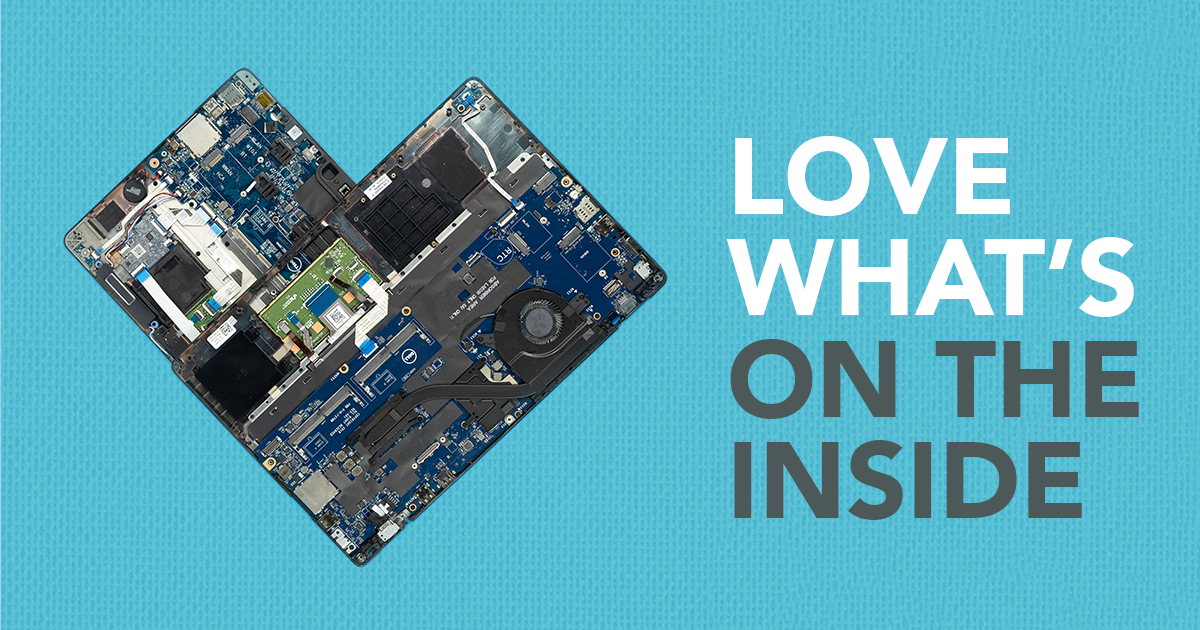Refurbished Computers: It’s What’s Inside That Counts
We get it. Often the word “refurbished” gives people pause, especially when the lure of “new” often intones “better.” However, we’re proud to sell refurbished computers because we know the effort and the hardware that are a huge part of what’s inside the device people purchase. It may surprise you, but customers often end up with a laptop or desktop computer that is better than the new options they’re considering.
What makes the difference? Really, it’s knowing what goes inside the computer well before it ends up in your hands. Techs receive each device and are immediately tasked with a series of tests to ensure that it is not merely functional, but fully functional. In other words, a computer may be in working condition, but may be so without fully operational components, like a wifi card, or a USB port.
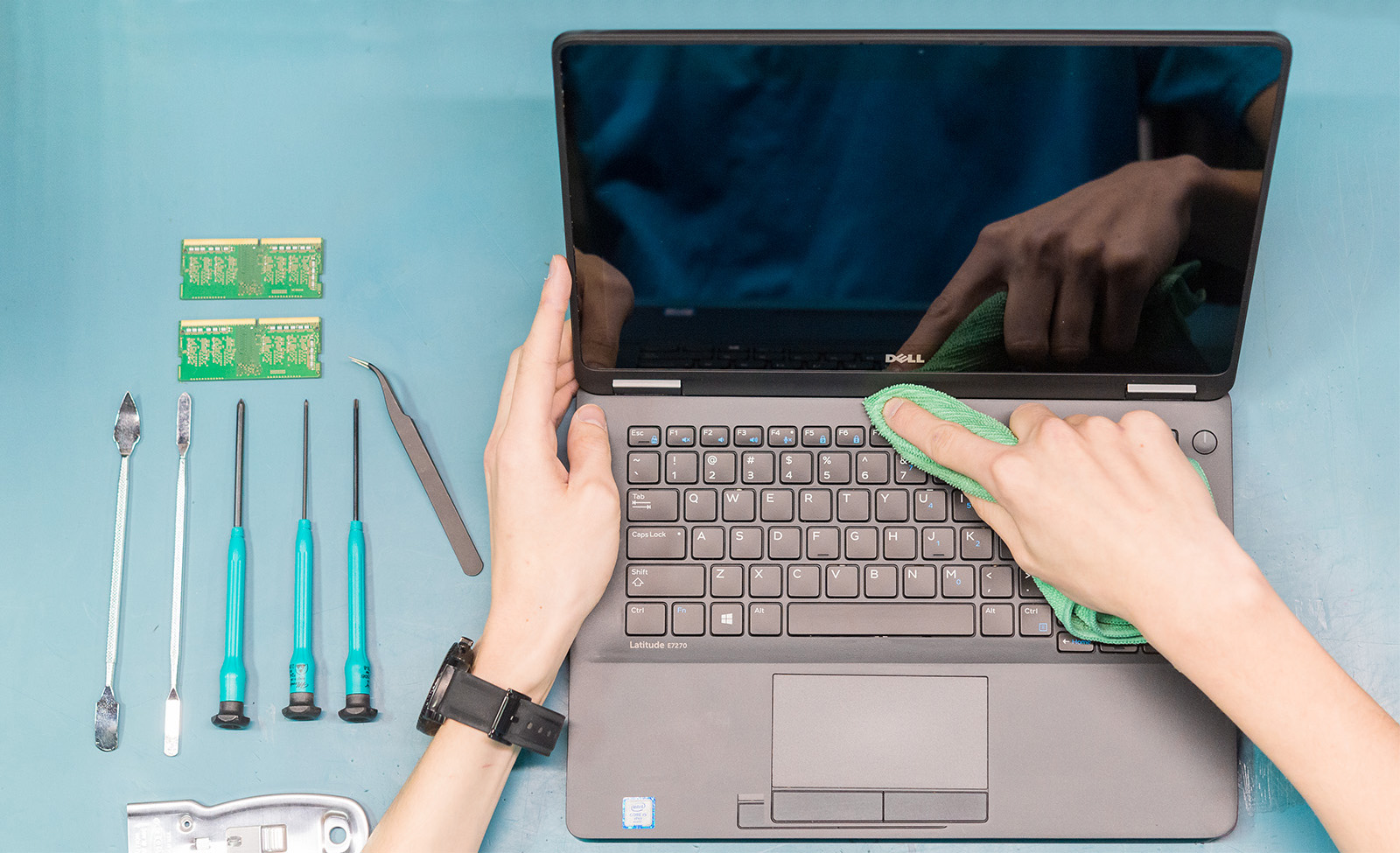
So here’s what gets scrutinized, and potentially replaced if it doesn’t meet standards:
- Processor - this is the heart of the computer (also called the CPU), which translates incoming data, moving it from one memory location to another, executes math functions, and a host of decisions that affect the speed of its function. Processors are inspected for their speed, and even if they pass inspection, can be upgraded based on a customer’s specific needs or requests. They're tested for their temperature as well. Processors get extremely hot, and replacing the thermal paste or (processor itself entirely) is one of our most common repairs.
- BIOS - the Basic Input Output System self tests the device upon every start up, and controls general functions of the unit. Testing will help techs make sure the BIOS is up-to-date and displaying the most accurate information in order to ensure basic functions are executed.
- CMOS or real time chips - keeping basic settings like time and date are the responsibility of this component. In general, techs will automatically replace CMOS batteries with new on units that are older to (no pun intended, but why not) reset their lifespan clock.
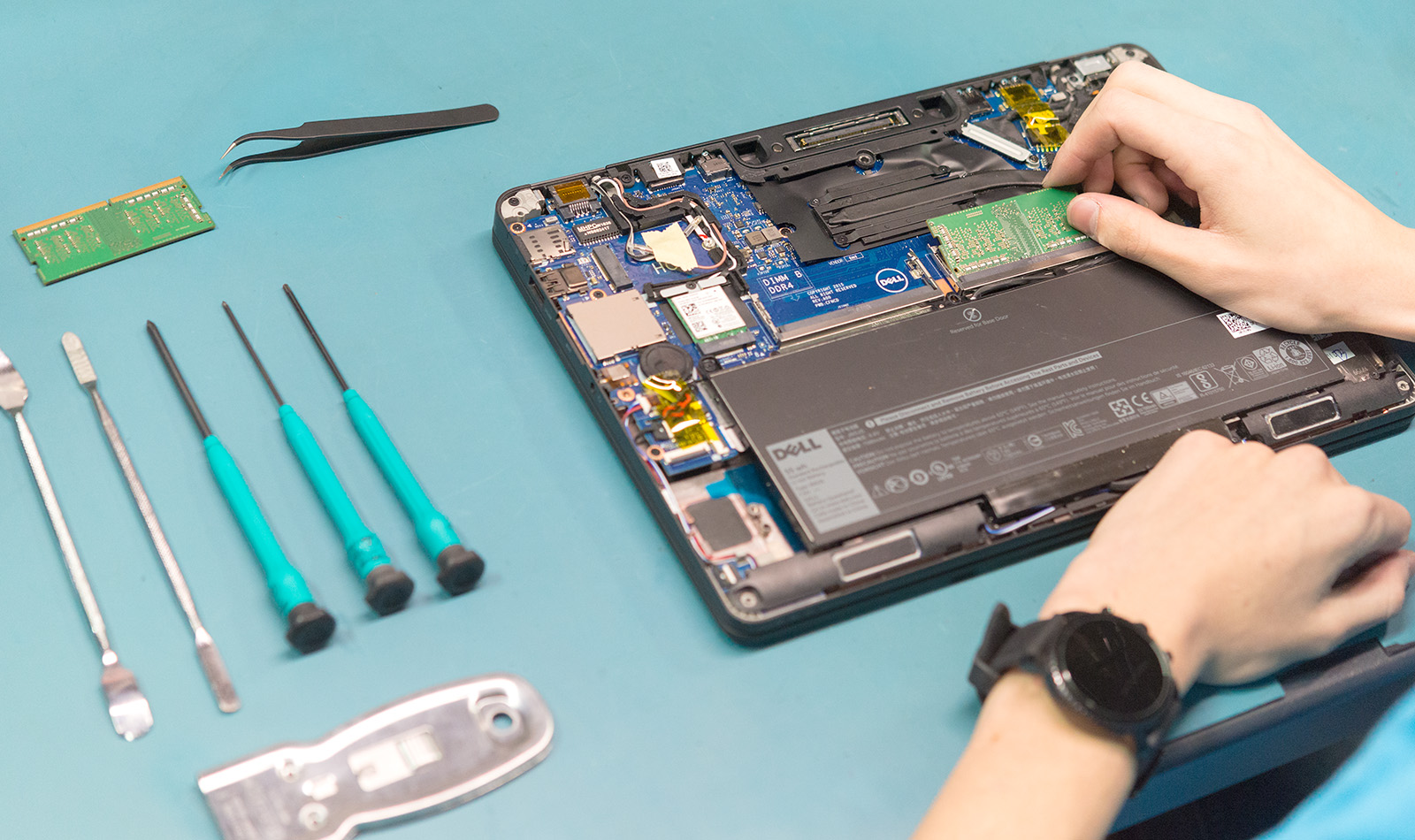
Memory - computers need a bank of memory to perform, and the random access memory (RAM) sticks are tested for efficiency.When the device is going to a specific customer, a second inspection of it will determine whether additional memory needs to be added. The same is done for hard drives, which contain long term memory storage.
- Heat sinks and fans - All of the work done, whether in a new or refurbished computer, creates a lot of heat. It’s no surprise that this can damage all of the other components if the temperature isn’t controlled. Heat sinks look like mini radiators, which disperse the heat energy and fans keep these components cooler and working more efficiently. In addition, when heatsinks or fans go bad, they make a lot of noise, rattle or just fail to work entirely. These components also tend to get clogged with dust which is one of the most common reasons for power failure.
- Batteries - any damage to a battery may go unnoticed, until it starts to swell and potentially rupture, creating a dangerous situation, especially if it’s sitting on your lap when it happens. Visual inspection of batteries will ensure they are still in good physical condition, and testing will determine if the battery is operating at full capacity.
- Ports and plug-ins - Often you use your device to plug in other devices like external drives, video (HDMI), or to recharge the device or recharge your phone while working or surfing. This is a case where maybe a bad port won’t affect the device's performance, but it will certainly impact its ability to be fully functional. Refurbished computers are also tested to make sure these ports are working, to keep its owner working as well.

It’s likely that this process isn’t unique to any one company that refurbishes computers. However, it’s important to define what we mean by refurbished computers. They aren’t simply dusted off and resold. They go through just as stringent review as any freshly minted computer just coming off the line.
There’s also a further distinction between processes among companies. Again, it’s about what’s inside and in our case it’s related to one of the most important components of the computers we handle: the technician themself. Like the devices received, there’s a fair amount of training and testing that we apply to every team member to make sure that they operate the most efficiently.
Instead of using an algorithm and programs to plug them into, we invest time to train, review, and evaluate the people and processes that bring a device through to each customer’s hands. More importantly, we also examine “what’s inside.” We intentionally select team members based on their desire to serve others; everyone involved approaches the process not just as a job. Instead, it’s viewed as the opportunity to improve someone’s life, to make a positive impact, and to provide potential to many experiencing the digital divide.
The definition of refurbished includes words like “restore,” “make like-new” and even to improve them beyond what they started off as. We’d like to think that makes refurbished computers even more desirable than new. We’d also like to think the term applies to what happens to the people who are given the opportunity to work on them, before and after the sale.

